
In the past weeks, I visited several villages in the Nor Yauyos Cochas Reserve in Peru’s highlands, located between 3.400-4.700m.a.s.l. They have different livelihood profiles differentiated by altitude and ecosystem opportunities, centered mainly on either agriculture or animal husbandry or a mix of both. In these villages, I conducted interviews with local experts and affected people. Further data was collected through participant observation and from focus group sessions.
In people’s perception, climate impacts are already clearly undercutting livelihoods in all villages alongside other stressors. The main theme is water scarcity, followed by theat, cold spells and other concerns. Impacts are felt mainly on harvests, vegetation like pastures, animals, and people and they anticipate them to increase considerably in the future.
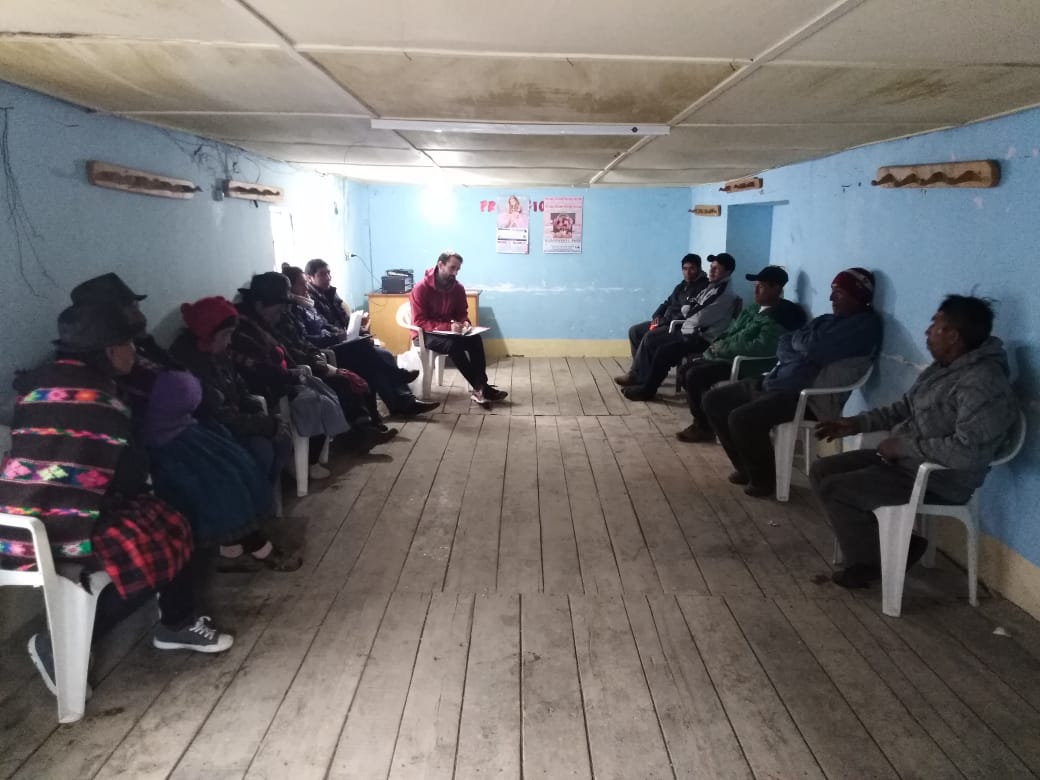 |
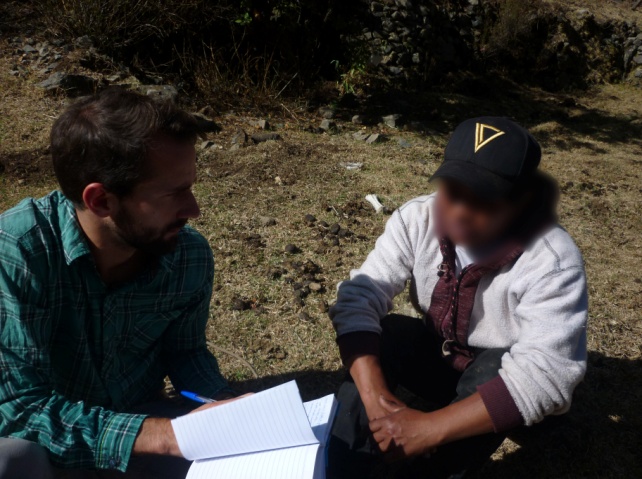 |
All villages have diverse and longstanding histories of outmigration. There is mainly permanent emigration—less circular or temporal, due to the distances and isolation—with some return migration. Traditionally, people have migrated mainly for education and work. Land reforms, insecurity, and demographic factors have played a role but alsoc hanging aspirations. Climate impacts come most strongly into play for the economic and environmental drivers of migration: they jeopardize already challenging livelihoods and food security even more. Decreasing gains from ecosystem-based livelihoods pose a twofold challenge: for consumption use, but also for commerce, where rising costs mean even more difficult competition with increasingly globalized market prices.
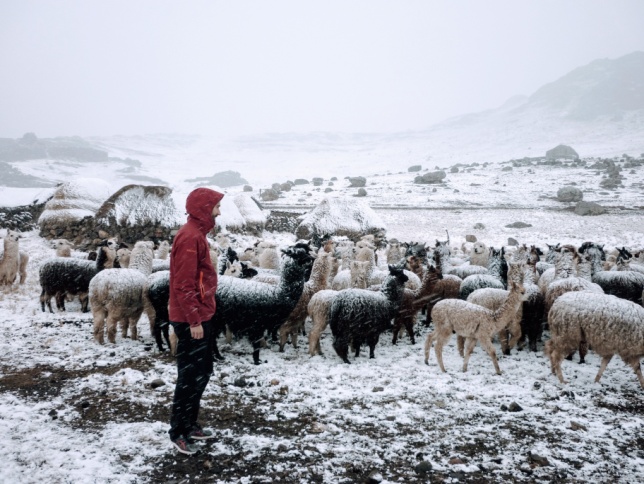 |
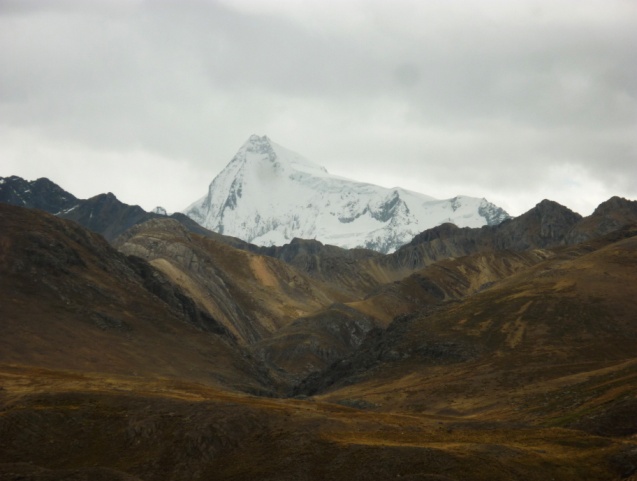 |
Two of the villages have strongly depopulate and climate change is recognized as one of the key drivers. One can posit climate impacts as strong accelerators of persistent emigration patterns in these two cases. In the two other villages, climate change is an emerging driver of migration that will expectably rise in significance. There is a risk that these villages may undergo similar change in the future when climate impacts intensify and people reach adaptation limits.
The villagers note more low-level disputes around water than in the past. Some consider more conflict possible in a future with even scarcer water. Institutions or conflict resolution mechanisms at the local level seem ill prepared. In one of the “ghost” villages, the community seemed to disintegrate partially into disunity.
I have also collected data on the impacts of outmigration at the personal and community levels in the sending areas. Consequences are differentiated and include positive effects such as educational opportunities. They seem to depend to some degree on the size of the remaining village population. The smaller, the more potential for negative impacts, it seems to me, but this will require more analysis. Suffice to say that the case of one of the ghost villages was stark in terms of economic, social, and psychological consequences for the remaining villagers and the general community.
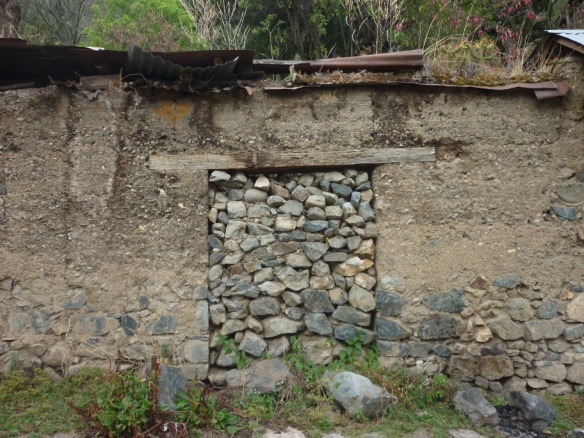 |
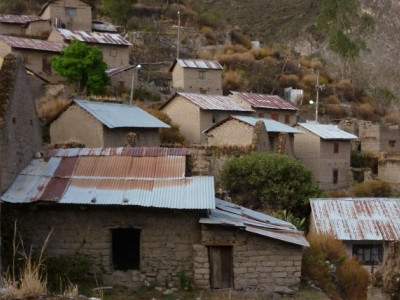 |
Through chain referral and gatekeepers, I have identified emigrants and migrant diaspora organizations from these villages in the nearest regional and the national capital for further interviews. Some expert interviews in the destination areas suggest that migration outcomes are differentiated. Some migrants gain from moving and improve their lives here. However, they also face salient risks. Strong population growth—both vertically and horizontally, and often informal—comes with its own challenges in terms of infrastructure and demand on services, land acquisition, social cohesion, and urban livelihoods. Climate change itself looms large over the city as well. The already inadequate provision of water, both in terms of quantity and quality, is concerning. Water prices are expected to rise and more rationing is probable—because of diminishing water resources, slow exploration of new sources, and simultaneously increasing demand. For the highland destination city, the risk landscape also includes potential flooding from torrential rainfall and glacial lake outbursts. People in the cities are already experiencing health consequences of extreme temperatures and radiation too. Indirectly, climate impacts also affect prices for and quality of agricultural products, which in turn can affect the food security of city dwellers.
Many migrants seem among the high risk populations in the city. A considerable share of them settles in precarious and highly exposed areas along the riverbank and in the surrounding hills in often-unsafe housing. These areas tend to lack basic services and infrastructure. Experts also note that many migrants face multiple deprivations and frequently do not succeed in escaping poverty in the city. They tend to face higher costs of living than in the countryside, work in precarious jobs, and some face discrimination due to their origin. These socio-economic challenges may also raise vulnerability to climate impacts.
An overarching challenge concerns governance and institutions. I often heard about corruption issues and the vested political and economic interests of policy makers, the lack of long-term vision, and the lack of adequate resources and personnel.
I will spend the next week interviewing migrants and experts in Lima. It will be interesting to look at both objective indicators of wellbeing such as income, health, education, and security, as well as subjective indicators such as emotional and cognitive wellbeing. Afterwards, I am set to conduct a case study on displacements in Northern Piura after the latest El Nino 2016-17, to contrast the first cases, and look into different mechanisms of how the environment can unsettle people and communities.





